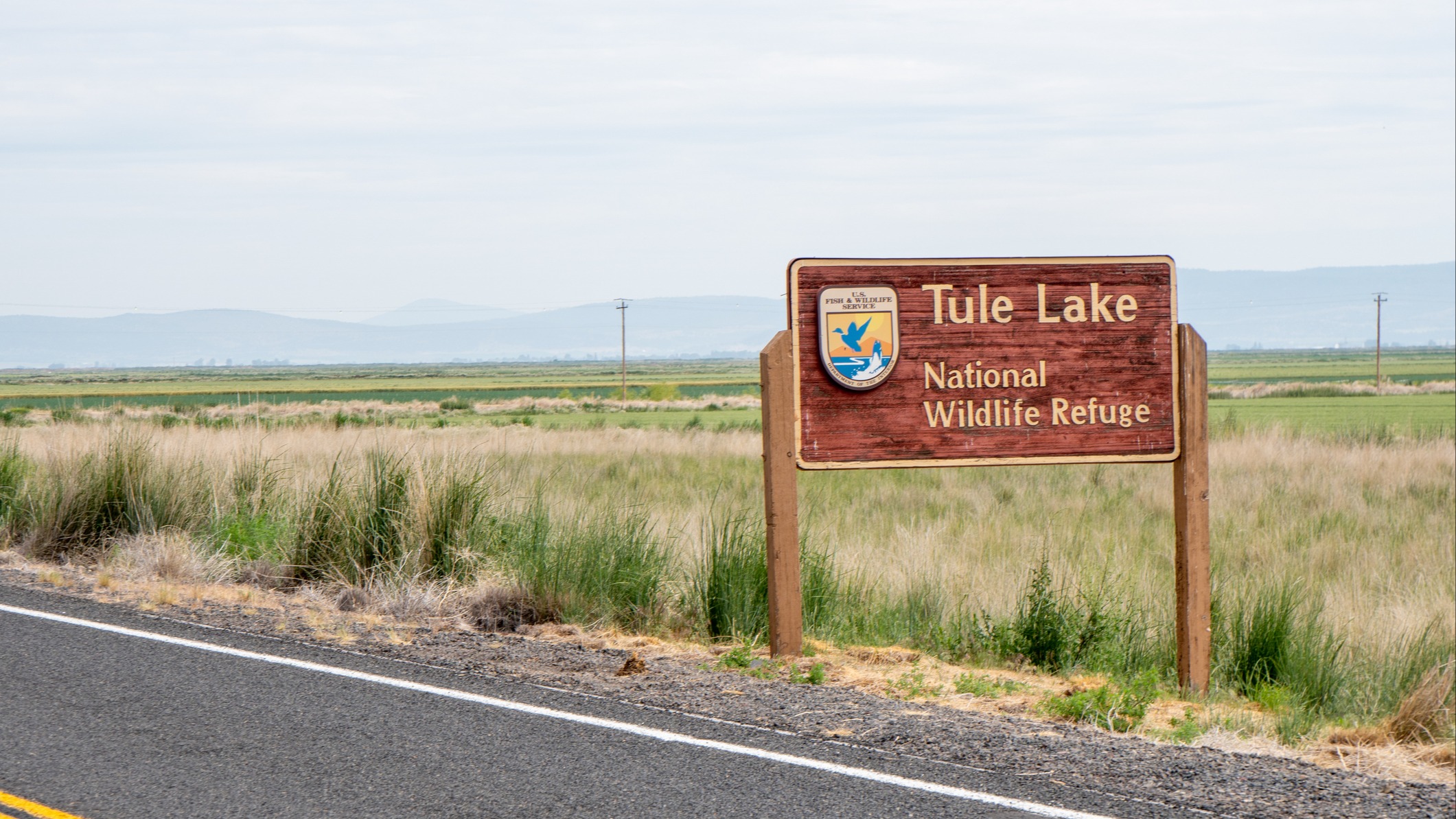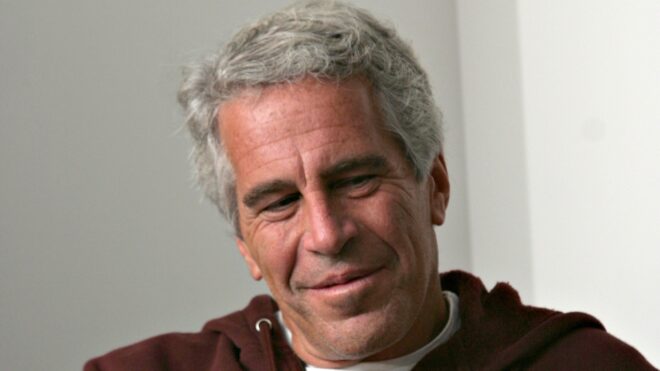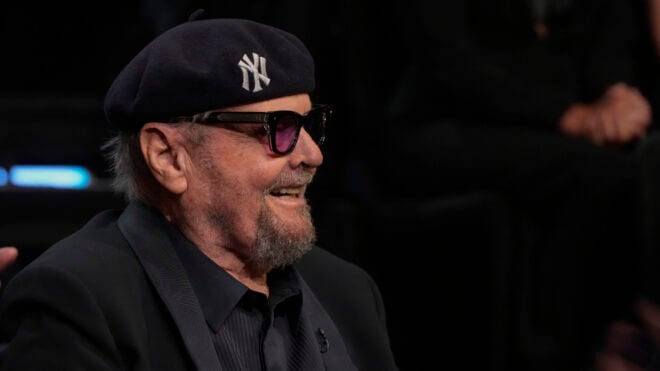
For 43-year-old Caitlin Oiye Coon, preserving the stories of her family has become a large part of her life. As a teenager, her grandmother Shizuko Kikuchi Oiye would tell her what life was like for their family as Japanese Americans incarcerated at Tule Lake in California, which is one of 10 War Relocation Centers opened by the federal government during World War II.
Now, as the archives director of Densho — a nonprofit dedicated to educating, digitizing, and passing down artifacts and stories about the incarceration of Japanese Americans from 1942 to 1946 — she gets to archives her family's and others' stories.
"They never hid the fact that it was a bad experience," Caitlin told Good Morning America. "The stories that my grandma would tell were not fun, happy stories. We can't move forward if we don't understand what happened in the past."
"I think we can honestly have a deeper connection to each other in knowing about our shared past," she continued. "We've preserved all of this primary source material and these firsthand accounts. You listen to them and you make your own decisions within the context of the history."
More from LittleThings: Woman Buys Underground World War II Bunker, Then Spends 5 Years Transforming It Into Her Home
During World War II, over 30,000 people were either incarcerated or segregated at Tule Lake Segregation Center, which was one of the largest of the WRA camps. Approximately 120,000 Japanese Americans were taken from their homes and sent to a WRA camp.
The camps were formerly known as internment camps, but are now referred to as incarceration camps due to the fact that the majority of Japanese Americans sent to the camps were American citizens who were incarcerated, rather than non-citizen "enemy aliens" who were interned.
Caitlin's grandparents were incarcerated at Tule Lake Segregation Center from 1942 to 1946. "It was always just kind of known as … the camp for troublemakers. Some people were embarrassed post-camp about being in Tule Lake because it had this negative connotation within the community for a really long time," she explained.
She recalls hearing about how her grandparents and their peers struggled to hold onto their Japanese culture while in incarceration. "They lost a lot of their Japanese identity and their Japanese cultural traditions as they went into camps," she said.
"I like to think if the incarceration hadn't happened, my dad, probably his connection to Japan would be stronger," Caitlin added. "They might have grown up in a dual language household. They may have visited their family in Japan. They might have a relationship with that family in Japan that still exists."
Caitlin has gone on pilgrimages with her family to Tule Lake, trips that she's described as both emotional and rewarding. "There's usually crying and just big feelings and a lot of things come to the surface. There's a lot of people who attend pilgrimages who live not on the West Coast so their Japanese American community isn't as strong there and so this might be the first time they're really experiencing that with other Japanese Americans and getting in touch with that part of their history."




